
A special delegation of 25 Indian dignitaries, led by union minister Kiren Rijiju, arrived in Ulaanbaatar on 13 June bearing four sacred Buddha relics. The relics, which originate from Kapilvastu in modern-day Nepal, where the Buddha entered parinirvana, are part of a goodwill gesture by the Indian government toward Mongolia. They will be exhibited for 11 days to honor the Mongolian celebration of Buddh Purnima, the birth of the Buddha, on 14 June.
The relics were met at Ulaanbaatar International Airport by Mongolia’s culture minister, Nomin Saranchimeg, as well as Khamba Nomun Khan, advisor to the president of Mongolia, and a large number of Buddhist monks, among other dignitaries.
On the very auspicious occasion of Mongolian Buddha Day, I extend a warm birthday greeting to President of Mongolia, HE Ukhnaa Khürelsükh who's birthday falls on 14th June.
— Kiren Rijiju (@KirenRijiju) June 14, 2022
May Lord Buddha bless him with good health and long life. Long live India-Mongolia friendship! 🇮🇳-🇲🇳 pic.twitter.com/B0crCGHiZt
Rijiju told media at the event that the people of both nations had a strong bond. In a press release, he stated that the people of Mongolia “look up to India as [a] source of wisdom. India occupies a special position in the hearts and minds of people of Mongolia.” (Republic World)
The relics were transported aboard an Indian Air Force cargo aircraft, along with Buddhist monks and political dignitaries. En route, the relics were kept in climate-controlled conditions matching those of the National Museum in New Delhi to ensure their preservation.
The relics were taken to Batsagaan Temple in Gandan Monastery in the Mongolian capital, where they will be displayed until 24 June. Speaking prior to embarking on his visit, Rijiju called the gesture a “historic milestone” for the bilateral ties of India and Mongolia. At the monastery, Rijiju added: “The historical relations between India and Mongolia will further strengthen with the coming of relics from India to Mongolia.” (Republic World)
While at Gandan Monastery, Rijiju pointed out that the main Buddha statue in the shrine room was a gift from Indian prime minister Narendra Modi, who visited the monastery in 2015. During that visit, Modi also gifted a sapling from the sacred Bodhi tree to Hamba Lama, the monastery’s most senior lama.
Rijiju noted that Modi was the first-ever prime minister of India to visit Mongolia. He added that the relics represented an “extension of the vision of our prime minister to revive our relations with the countries with whom we have had cultural and spiritual ties since centuries ago.” (Republic World)
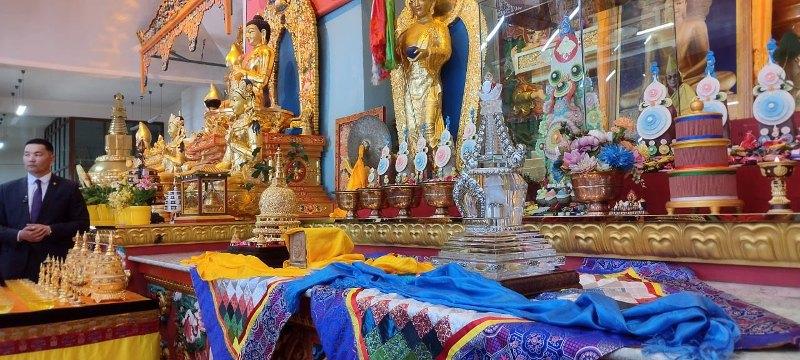
In a tweet, the office of Kiren Rijiju said: “The teachings of Lord Buddha are relevant even in today’s time and will guide humanity towards greater peace, harmony and prosperity.” (Hindustan Times)
The relics have previously traveled for similar cultural and diplomatic purposes. In 2012, they were taken to Sri Lanka, where they were displayed at various locations across the island nation.
Subsequent to that trip, the relics were placed under guidelines for antiquities and art treasures, which stipulated that they should not leave the country, given their delicate nature. Thus they have remained in India until now. Following the request by the Mongolian government, union minister G. Kishan Reddy made a special exception to the rule to allow them to be sent abroad for 11 days.
According to 2020 census data, 51.7 per cent of Mongolians identified as Buddhist, almost entirely Vajrayana practitioners. About 40.6 per cent of Mongolians identified as religiously unaffiliated, while 3.2 per cent were Muslims, 2.5 per cent follow Mongolian shamanic traditions, 1.3 per cent were Christians, and 0.7 per cent followed other religions.
See more
Kiren Rijiju-led Delegation Carrying Lord Buddha’s Relics From India Arrive In Mongolia (Republic World)
Kiren Rijiju takes holy Buddha relics to Mongolia in ‘message of peace’| Video (Hindustan Times)
Related news reports from BDG
Mongolian Kanjur from India’s Ministry of Culture Distributed in Russia
Mongolia Launches National Campaign to Plant One Billion Trees by 2030
Fourth International Conference of Buddhist Women Held in Mongolia
Challenges Ahead for Millennial Monks Revitalizing Mongolia’s Ancient Buddhist Tradition
Related features from BDG
The Mongolian Buddhist Canon as a Symbol of Cultural Dialogue between India and Mongolia: An Interview with Prof. Shashi Bala
The Heritage of Buddhist Women in Mongolia: A Conversation with Kunze Chimed
For the Next Generation: A Conversation with Mongolian Civic Leader…
Mongolia: A Complex Dance Survival
Asian Buddhist Conference for Peace Marks 50th Anniversary in Mongolia
Mongolia’s Hope: Baasansuren Khadsuren, the Singing Abbot of Erdene Zuu


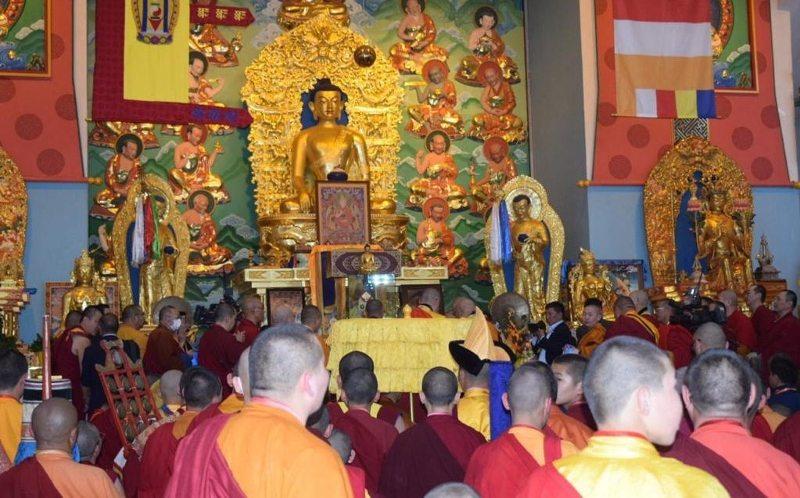
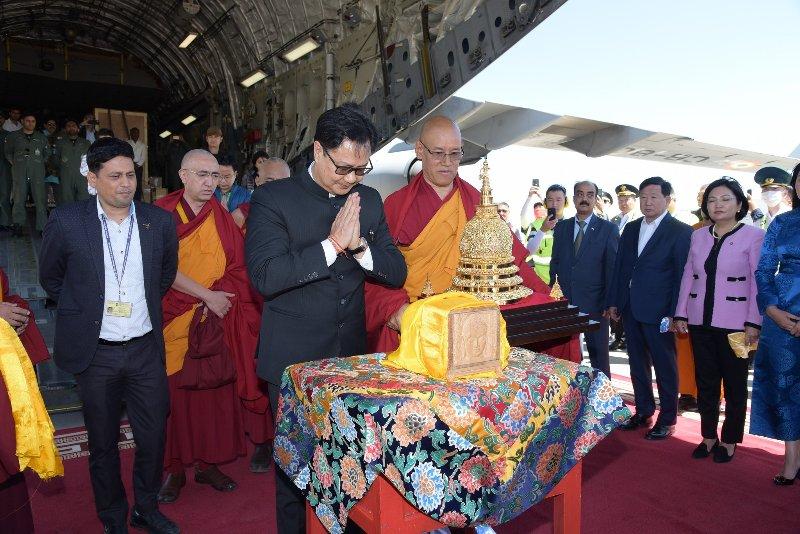
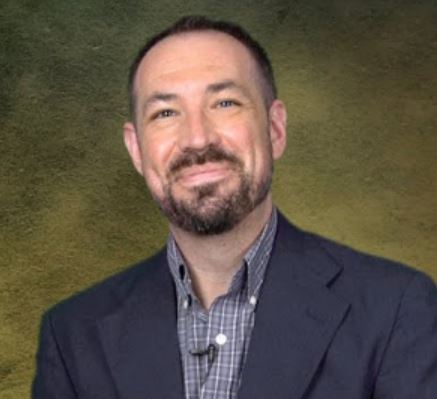



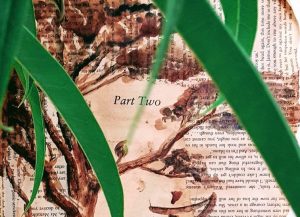





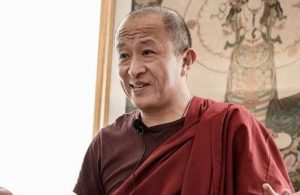
For further scholarly context on these relics, see this wonderful thread by Dr. Matt Milligan:
https://twitter.com/mattdmilligan/status/1536741864367345665
kapilavastu is not the place where the Buddha entered parinibbana